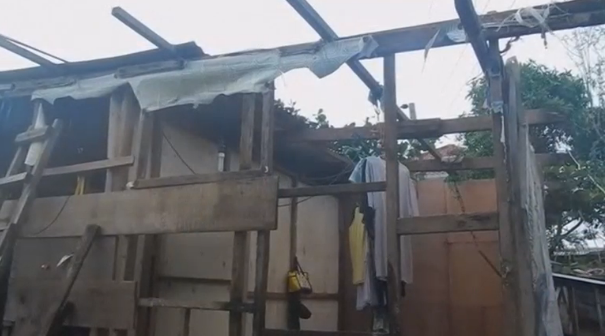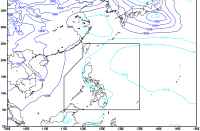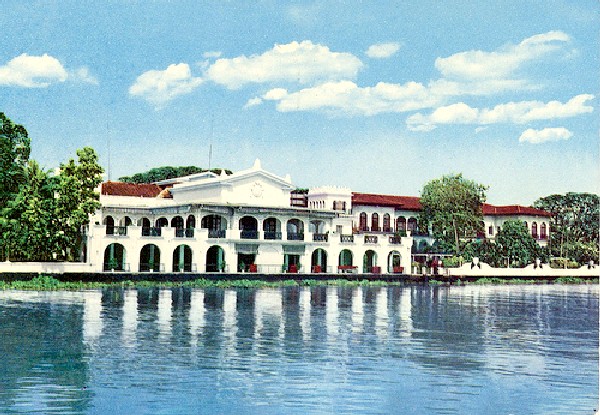
ILOCOS NORTE, Philippines (Reuters) — Residents in the northern Philippines returned to their homes on Friday (October 21) after typhoon Haima, the strongest storm to hit the country in three years, left a trail of destruction that killed at least 12 people.
Haima barrelled through the northern provinces of Cagayan, Isabela and Ilocos on Wednesday (October 19) night, damaging houses, cutting power and displacing thousands of people.
A day after the typhoon has passed, some residents decided to return to their homes and rebuild.
Rasmiah Baaraag, who lives in a coastal community with her 12 children, was thankful to be alive but hoped for aid in restoring her damaged home.
“We need to start a new life. We can’t do anything with what has happened. That’s what Allah wants to happen to our lives,” she said.
Businesses have reopened in several parts of Ilocos Norte province and its capital Laoag has started reverting back to its normal operations.
Philippine authorities said they were assessing the extent of damage to infrastructure and crops, but confirmed that thousands of hectares of farmland were destroyed in northern provinces.
One farmer hoped he could still salvage some of his crops after his paddy field was flattened by the intense winds and rain.
“A lot will be lost if there is water inside (the grain). I hope there would be some that are dry so I can at least harvest a few,” said Guillermo Lorenzo, a rice farmer from the outskirts of Ilocos Norte.
In Cagayan alone, where the super typhoon made landfall late on Wednesday with destructive 225 kph (140 mph) winds and heavy rain, between 50,000-60,000 hectares of rice fields were flattened and flooded, said the provincial governor Manuel Mamba.
Typhoon Haima is currently at sea and is heading for Hong Kong.
Haima was the 12th typhoon to hit the Philippines this year. An average of 20 typhoons hit the Southeast Asian nation every year.
Super Typhoon Haiyan struck the central Philippines in 2013, killing at least 6,000 people.







